In the meantime, I go wander around Prizren. It’s a large city – ‘the city of culture’ – with Prishtine being the capital. There are entire streets dedicated to selling glitter and image here. Edis tells me 75% of the population are Muslim, so many of the women walking around are dressed ‘modestly’, ie wearing hijab and with their arms and legs covered. Yet shop after shop is selling sparkly and expensive jewellery and glass and embroidery encrusted wedding and ball gowns. I can only imagine this finery is all hidden under the long raincoat and headscarf. There are also shops selling traditional costume – sleeveless overcoats that are so stiff with embroidery that they look like they could stand on their own, over gauzy harem pants and loose embroidered shirts. Full skirts and tiny boleros.
So much time and effort taken to look good: not a grey hair in sight (except mine). Even the women who dress modestly, have brightly coloured head scarves and can show individuality in their garb. I haven’t seen any full, black burkhas.
I pop into a traditional dress costume where there are woven aprons, hand-knit socks and cardigans and crocheted cloths on display. After chatting to the women who run the shop, the younger one, Elinda, asks me to draw her portrait. I think I make her far younger than she is – she is very beautiful – but she seems very pleased with the result. Nadina, the older woman who manages the shop, then asks me to draw her too. I think the result is more accurate – but it’s sometimes easier to draw faces that show ‘experience’! Nadina is also pleased and my daily draw quota is up to date. Nadina shows me some of her handknits – but there seems to be few people around crafting and making.
Later I went to see the two films – both at outside venues – one by the river and about how Disney films helped a young lad with autism make sense of and reconnect with the word - the other in a cinema complex next door to a Mosque, which seemed very apt, since the film was about the extreme, fundamental ‘Red Mosque’ branch of Muslim religion in Pakistan. If you have any intention of seeing either of these two documentaries – then stop reading this post now, as I’ve definitely put in spoilers.
Both films began with a rather unsettling little film of roses breathing in and out – withering as they exhaled and blooming as they inhaled. The roses spelled out the word “Corruption”. The theme of this year’s Dokufest
The former film was called “Life, Animated”, directed by Roger Ross Williams, and told the story of Owen – a young lad who’s development became seriously delayed when he was about two or three years of age. He lost all language and was diagnosed with severe autism. It became clear that he was fixated on Disney films and had memorised the script of every single one. His family used this obsession to help him make sense of the world and regain his language skills and the film used some wonderful animation to illustrate his growing up. Having just read Susannah Cahallon’s “Brain on Fire” makes me wonder if autism is caused by a virus, or a similar sort of inflammation. It’s so strange that a normally developing child should suddenly regress. Whatever, Owen will always need to be supervised and will never be ‘normal’ in this world, but at the end of the film he was living independently in assisted living accommodation, and had a small job in the local cinema (where else?).
The second film, called “Among the Believers”, directed by Hemal Trivadi and Mohammed Naqvi, was screened on an inflatable screen in the courtyard of a cinema complex – with the lit up minaret and silvered onion shaped dome of a mosque immediately to the right of the screen as if to remind me what the film was on about. It was a scary and unsettling film about Ahdul Aziz, the cleric and head of the Red Mosque movement in Pakistan. Aziz takes orphaned children and children whose families cannot afford to feed or clothe them and ‘educates’ them for free – providing full bed and board. In reality it becomes clear that the children are brainwashed in the same way as any other cult brainwashes its members – turning them into jihadi warriors who are willing to do battle unto death (where they will be rewarded in heaven for their efforts by a jewelled crown and probably vestal virgins also. I wonder what value a jewelled crown has, apart from being uncomfortable to wear, when everyone around has one too. I’ve also wondered what reward in heaven the burkha clad women get – doubt they’d want vestal virgins, but you never know).
The children are roused at dawn to start their ‘education’ - the memorising by rote of the Quran and it is made clear they don’t understand a word of what they are learning. They stop only for meals. They are not allowed TV or music. When they are taught the alphabet, it doesn’t say A is for Apple, but A is for Allah – and goes on to use guns and other such potent symbols to illustrate the rest of the alphabet. The strictest form of Shariah (Muslim law) must be followed at all times. The girls cannot ever be seen by the boys without full burkhas on. They get to see their families once a year, if they have any. They are beaten if they do not follow the rules. The result is an army of Jihadi Terrorists willing to lay down their lives for the Muslim cause. There were Red Mosque schools all over Pakistan – with thousands of children being educated with ‘god’s word’.
The film shows the political background to the development of the movement– how America and the UK supported the mujahadim when they battled the Russians, but how their support was removed once the Russian threat was reduced. Aziz then saw his father (who started the Red Mosque movement) gunned down in cold blood by a man who subsequently was not taken to court but was helped to leave Pakistan. Aziz subsequently linked up with Osama Bin Laden.
The President of Pakistan took an aggressive stance towards ending the Red Mosque movement – and began one of the bloodiest episodes in Pakistan’s history.
There is one man, Professor Hoodbhoy, who campaigns tirelessly against the Red Mosque movement. He helped mobilise thousands of ‘ordinary’ Muslims in marches to ‘reclaim’ the religion from the fundamentalists, after many children were murdered in a school in Peshawar in a retaliatory strike by the Red Mosque movement. Aziz is currently still out there ‘educating’ an army (after a couple of years in prison) and the Red Mosque movement continues to muster a lot of support.
After this fill of mind stuff, I went back to bed in the hostel and slept well.


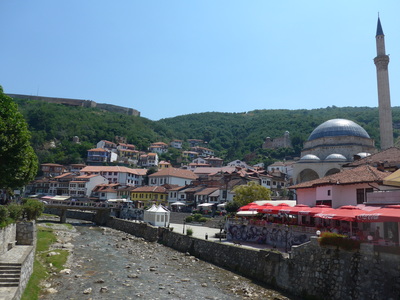

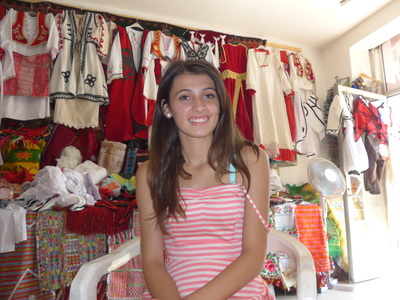
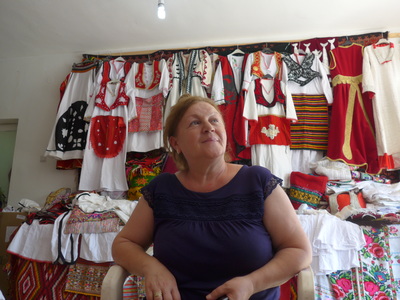

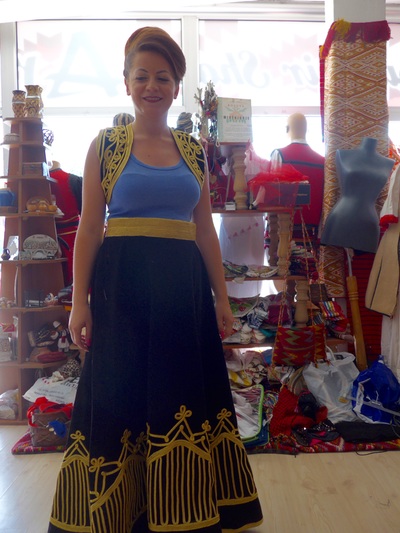
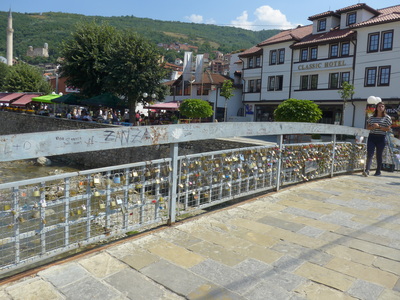

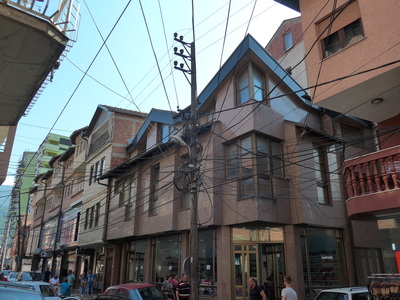


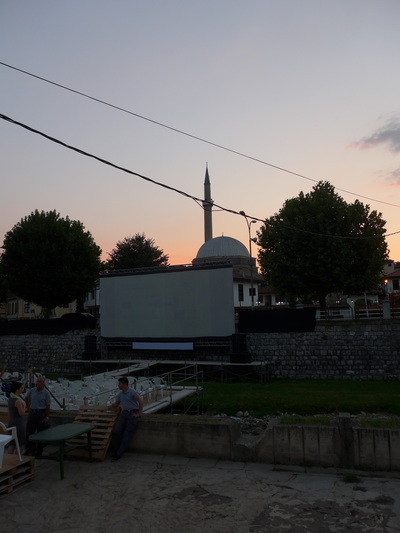
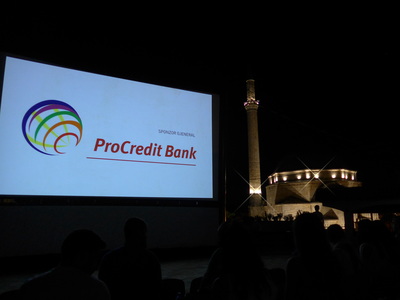

 RSS Feed
RSS Feed
